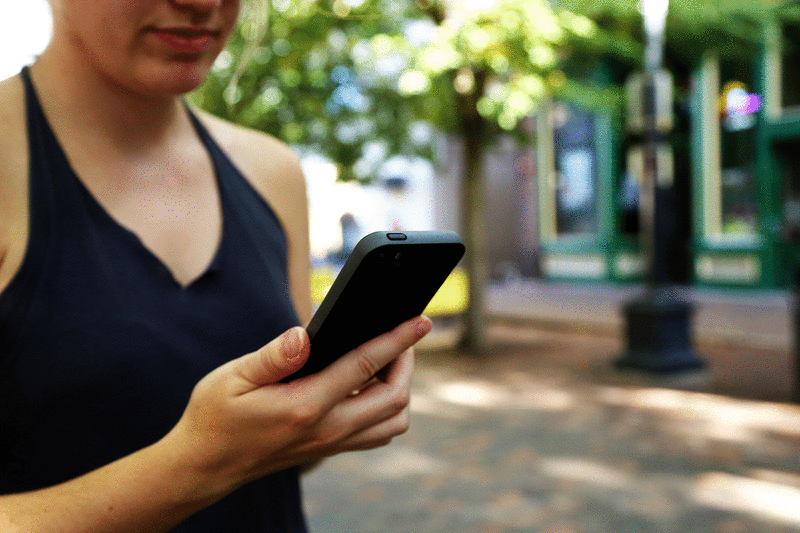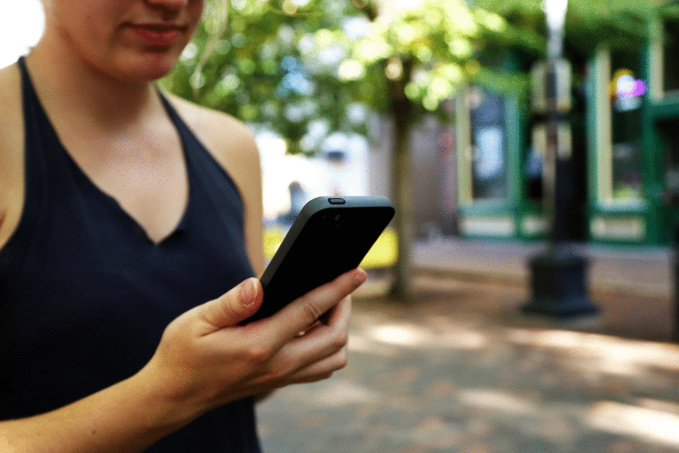Their promotional messages are bright and convincing. As a rule, they point at certain "unique", "premium" or simply "very useful" features of a device. But are these features even real?
CPU
Let's start with the new top processors of Apple, Qualcomm, Samsung and HiSilicon (subsidiary of Huawei). Not only they have a crazy reserve capacity, but they are also equipped with modules that work with software of the "artificial intelligence" class. Is it bad? Not really, except that these are very expensive components that increase final price of the device.
At the same time, top-end processors of three years ago perfectly cope with any tasks, except for displaying VR and a couple of games in the maximum resolution. As for the fashionable AI block, it is used so far only in the camera to provide a more accurate selection of the shooting mode. At the same time, AI smartphones use the technology of neural networks, the effectiveness of which depends on the quality of machine learning. At present, its level is low.
Sometimes, enthusiasts of mobile photography disable AI in the camera, because they believe that it only spoils the pictures. Over time, AI will become a full-fledged assistant to a mobile photographer, but now this is a very controversial feature.
Display
You can find smartphones with new and very expensive screens with insane resolution like QHD or even 4K, which give a pixel density of more than 700 dots per square inch. Where do you need this resolution? Approximately nowhere. Well, except in mobile helmets of virtual reality, which are used by a limited number of people.
Generally, resolution Full HD (1920 × 1080) or Full HD + (~ 2240x1080) for elongated screens with an aspect ratio of 18: 9 and 19: 9 is enough for comfortable use. Also note that with the same size, a screen with a higher resolution consumes more power and more quickly discharges the battery. Thus, ultra-high resolution only increases the smartphone’s price and worsens its performance (reducing battery life), while not providing tangible and visible benefits.
4K video
As shown by numerous studies, 90% of the smartphone videos are viewed on the phone or uploaded in social networks, which in turn compress these videos to standard resolutions. Moreover, most of the video posted on social networks is also viewed on smartphones.
At that, 4K resolution in smartphones doesn’t support such really important things as optical stabilization, predictive autofocus and HDR, and the videos themselves occupy a monstrous amount of space in the smartphone's memory. That is, we have a classic example of the use of technology in order to somehow stand out from the competition. Only a very narrow circle of professionals, but not mass users, are able to derive real benefits of a 4K smartphone.
Super slow motion
If you look at ads of devices with super-slow-motion technology support, you'll probably see very impressive footage. It's very beautiful, but it is important to know that this video was filmed by professionals with a hundred of doubles.
The thing is that Super slow motion in Full HD resolution is recorded in pieces of about 0.2 seconds each due to the memory bandwidth of the smartphone and the high density of such video stream.
And if the object does not move very fast, the video fragment taken at a speed of 960 fps will look like a freeze, and if the object moves quickly, then it's incredibly difficult to catch the right moment. In general, mobile Super Slow Motion is still a toy for professional video bloggers, but certainly not the technology that everyone needs.
3D Touch
3D Touch, Force Touch and other screens sensitive to the degree of pressure sounds interesting. In reality, however, most users use only a short or long press to call the context menu.
In this case, screens with support for Force Touch are more expensive, which affects price of the entire smartphone. Moreover, replacing the 3D Touch screen, the most frequently damaged element of the smartphone, is more expensive than replacing a conventional screen.
AR
Apple, Google, and Microsoft are actively marketing augmented reality, hoping that it will be the silver bullet that will accelerate the sale of smartphones.
Everything looks beautiful at the first sight. You point the smartphone at the building, and it displays complete information about the object. You open the smartphone camera near a restaurant and immediately see the menu, guest reviews, etc.
But there is a small nuance - it just does not work. Modern AR apps are so half-baked and uncomfortable that the average user can just forget about them for another three years.
source: slashgear.com
CPU
Let's start with the new top processors of Apple, Qualcomm, Samsung and HiSilicon (subsidiary of Huawei). Not only they have a crazy reserve capacity, but they are also equipped with modules that work with software of the "artificial intelligence" class. Is it bad? Not really, except that these are very expensive components that increase final price of the device.
At the same time, top-end processors of three years ago perfectly cope with any tasks, except for displaying VR and a couple of games in the maximum resolution. As for the fashionable AI block, it is used so far only in the camera to provide a more accurate selection of the shooting mode. At the same time, AI smartphones use the technology of neural networks, the effectiveness of which depends on the quality of machine learning. At present, its level is low.
Sometimes, enthusiasts of mobile photography disable AI in the camera, because they believe that it only spoils the pictures. Over time, AI will become a full-fledged assistant to a mobile photographer, but now this is a very controversial feature.
Display
You can find smartphones with new and very expensive screens with insane resolution like QHD or even 4K, which give a pixel density of more than 700 dots per square inch. Where do you need this resolution? Approximately nowhere. Well, except in mobile helmets of virtual reality, which are used by a limited number of people.
Generally, resolution Full HD (1920 × 1080) or Full HD + (~ 2240x1080) for elongated screens with an aspect ratio of 18: 9 and 19: 9 is enough for comfortable use. Also note that with the same size, a screen with a higher resolution consumes more power and more quickly discharges the battery. Thus, ultra-high resolution only increases the smartphone’s price and worsens its performance (reducing battery life), while not providing tangible and visible benefits.
4K video
As shown by numerous studies, 90% of the smartphone videos are viewed on the phone or uploaded in social networks, which in turn compress these videos to standard resolutions. Moreover, most of the video posted on social networks is also viewed on smartphones.
At that, 4K resolution in smartphones doesn’t support such really important things as optical stabilization, predictive autofocus and HDR, and the videos themselves occupy a monstrous amount of space in the smartphone's memory. That is, we have a classic example of the use of technology in order to somehow stand out from the competition. Only a very narrow circle of professionals, but not mass users, are able to derive real benefits of a 4K smartphone.
Super slow motion
If you look at ads of devices with super-slow-motion technology support, you'll probably see very impressive footage. It's very beautiful, but it is important to know that this video was filmed by professionals with a hundred of doubles.
The thing is that Super slow motion in Full HD resolution is recorded in pieces of about 0.2 seconds each due to the memory bandwidth of the smartphone and the high density of such video stream.
And if the object does not move very fast, the video fragment taken at a speed of 960 fps will look like a freeze, and if the object moves quickly, then it's incredibly difficult to catch the right moment. In general, mobile Super Slow Motion is still a toy for professional video bloggers, but certainly not the technology that everyone needs.
3D Touch
3D Touch, Force Touch and other screens sensitive to the degree of pressure sounds interesting. In reality, however, most users use only a short or long press to call the context menu.
In this case, screens with support for Force Touch are more expensive, which affects price of the entire smartphone. Moreover, replacing the 3D Touch screen, the most frequently damaged element of the smartphone, is more expensive than replacing a conventional screen.
AR
Apple, Google, and Microsoft are actively marketing augmented reality, hoping that it will be the silver bullet that will accelerate the sale of smartphones.
Everything looks beautiful at the first sight. You point the smartphone at the building, and it displays complete information about the object. You open the smartphone camera near a restaurant and immediately see the menu, guest reviews, etc.
But there is a small nuance - it just does not work. Modern AR apps are so half-baked and uncomfortable that the average user can just forget about them for another three years.
source: slashgear.com



















